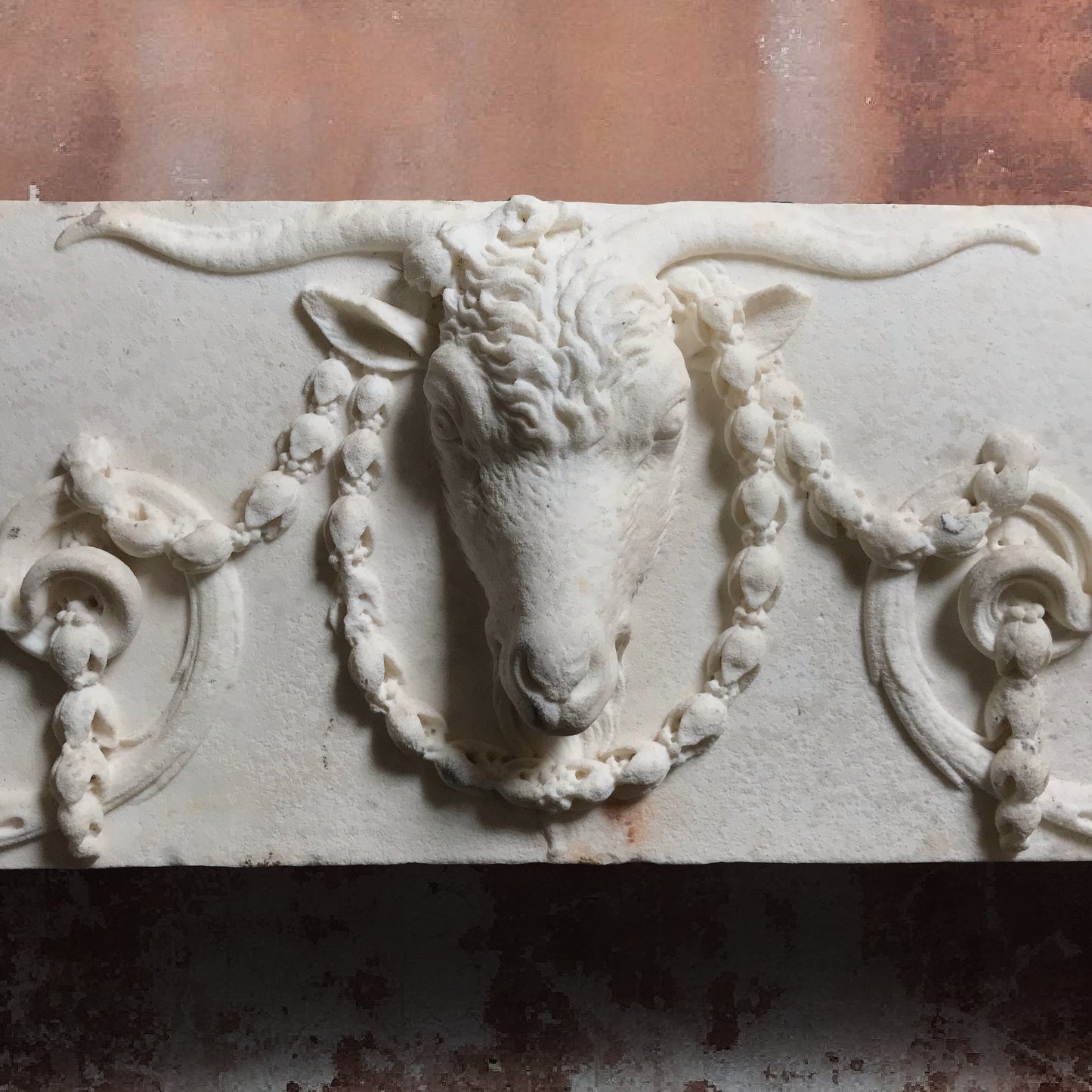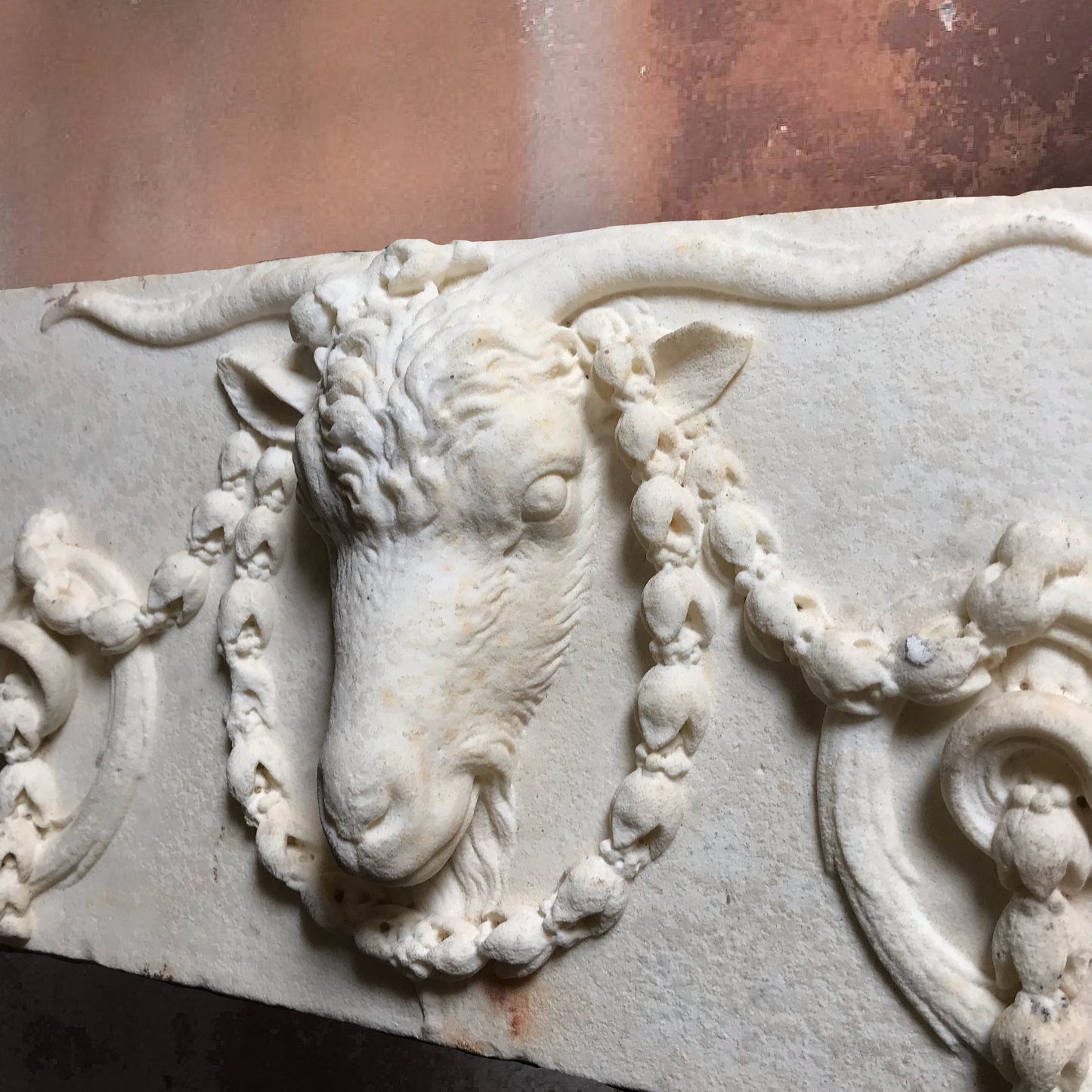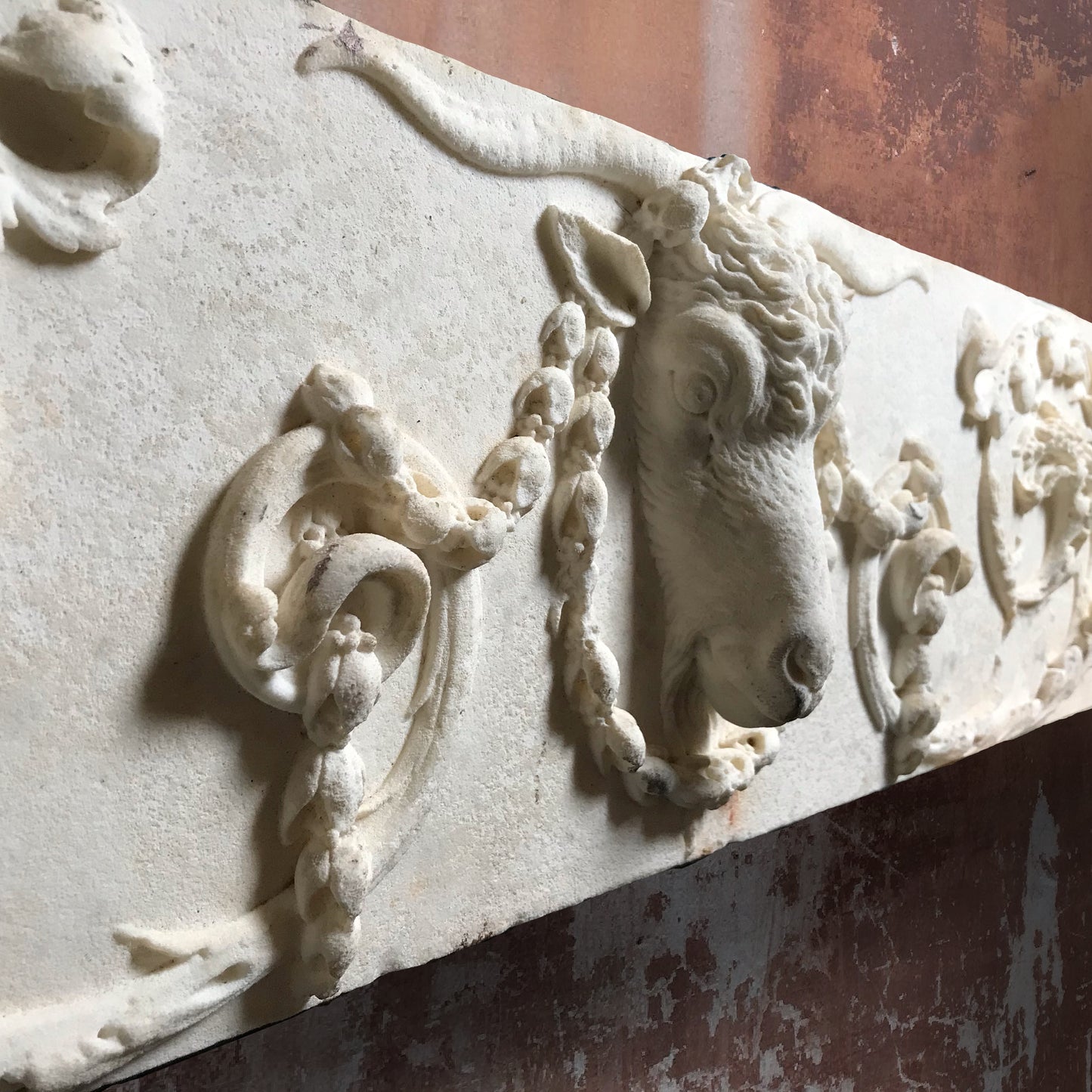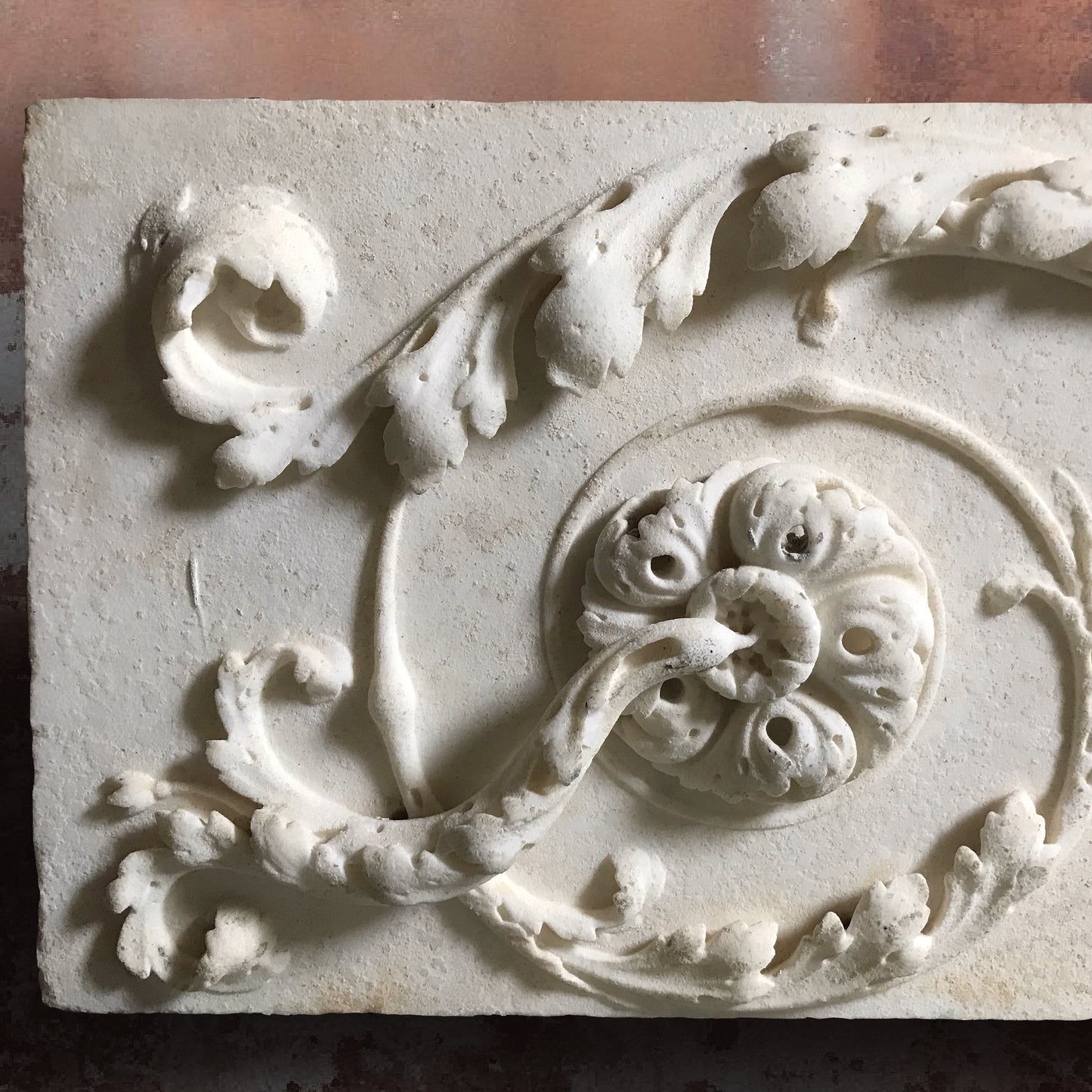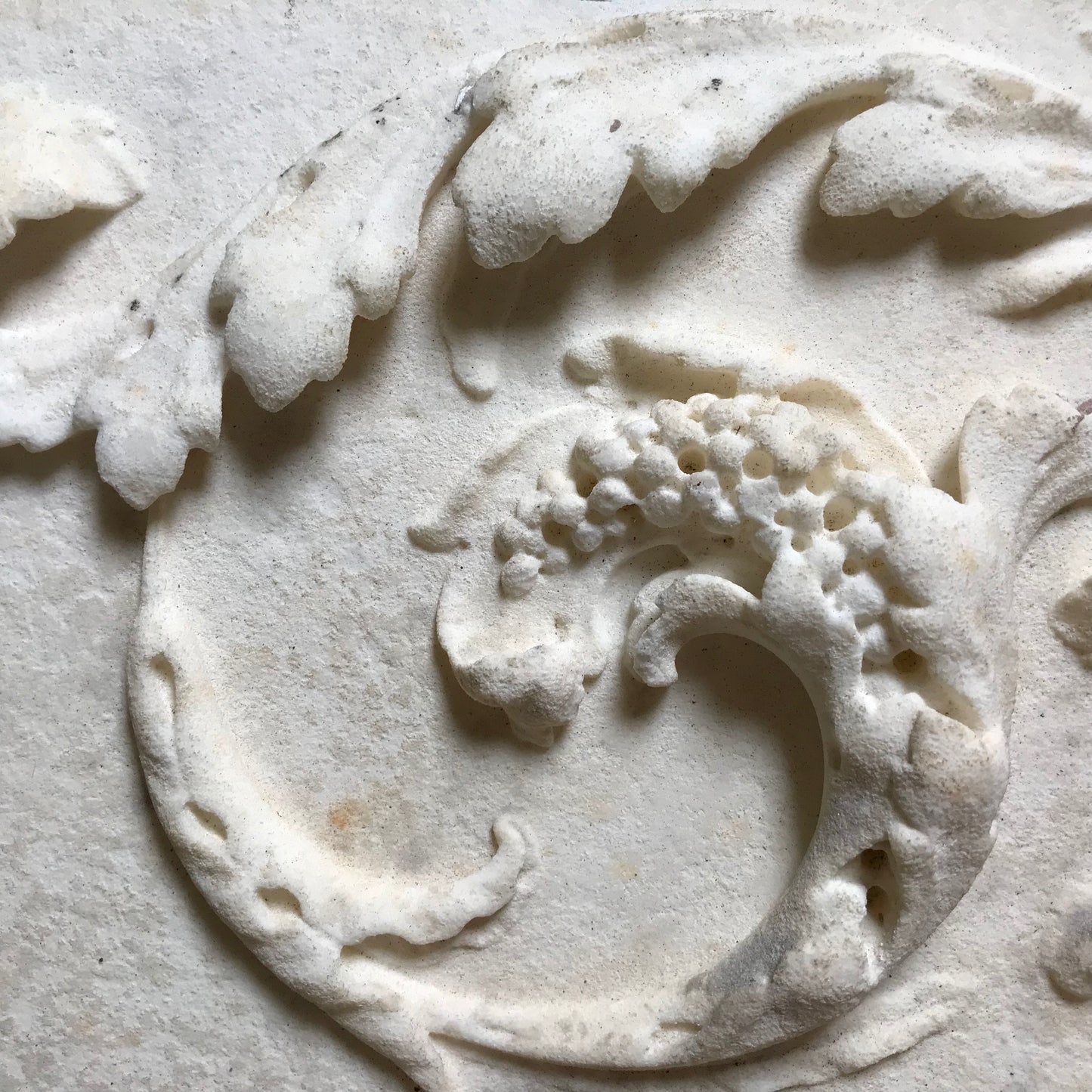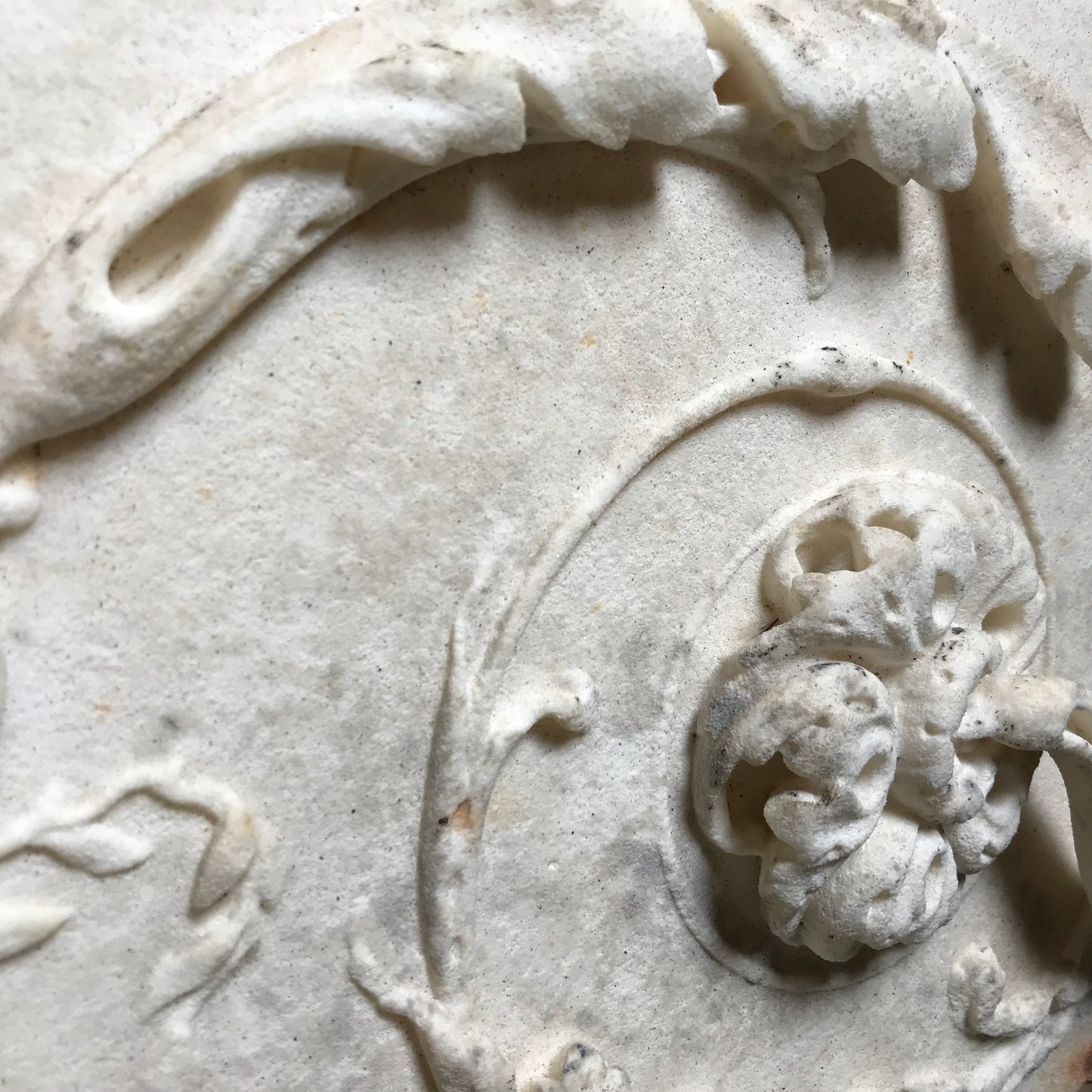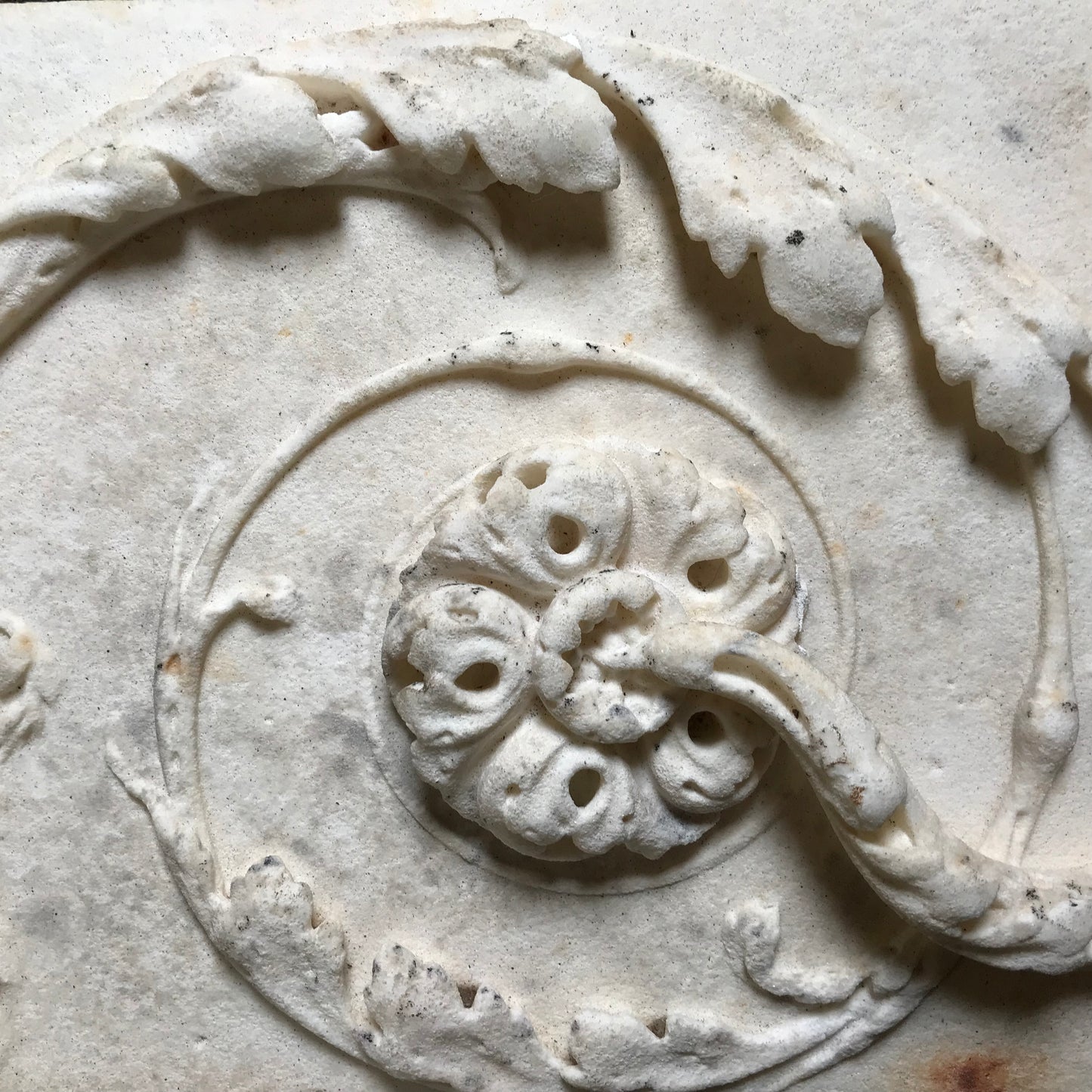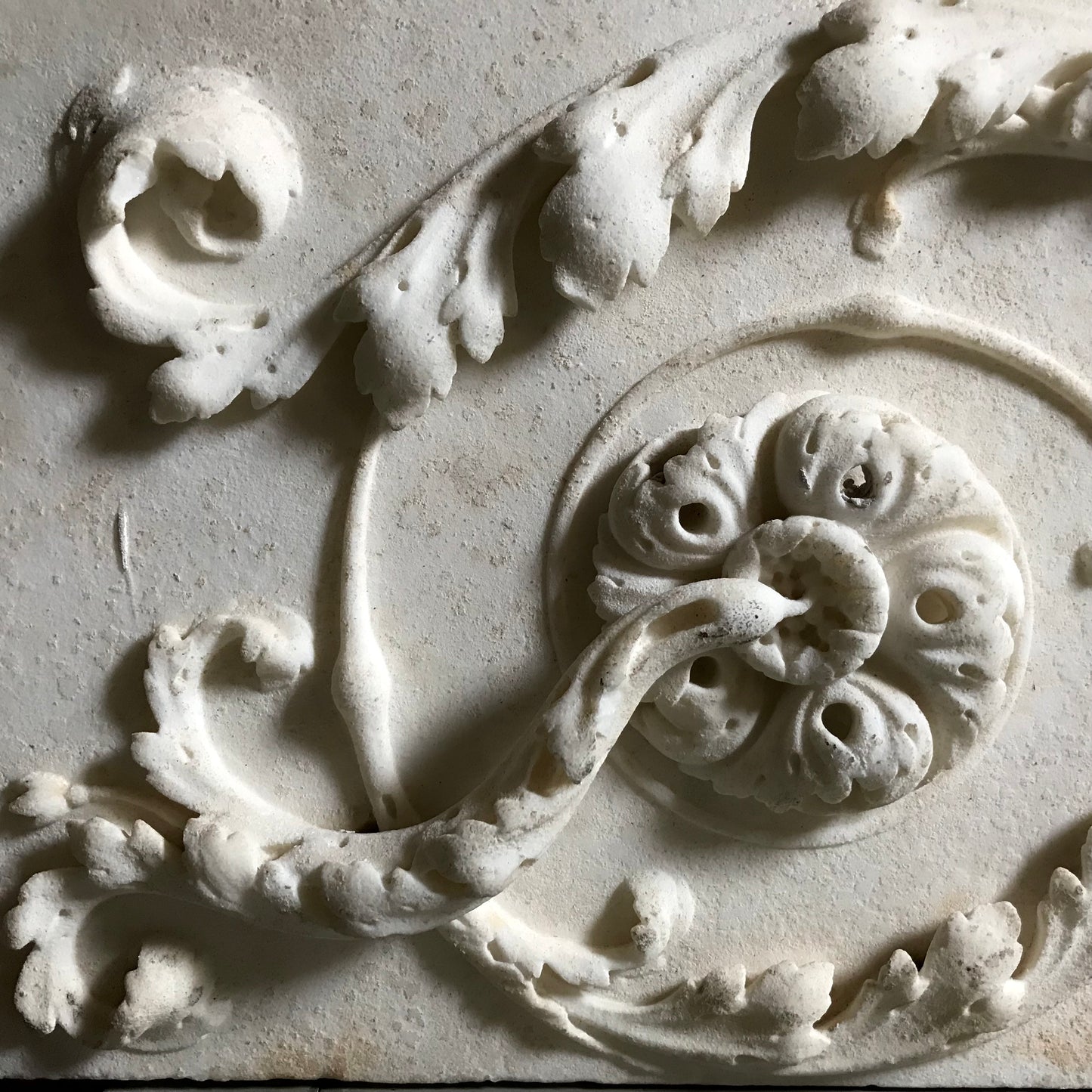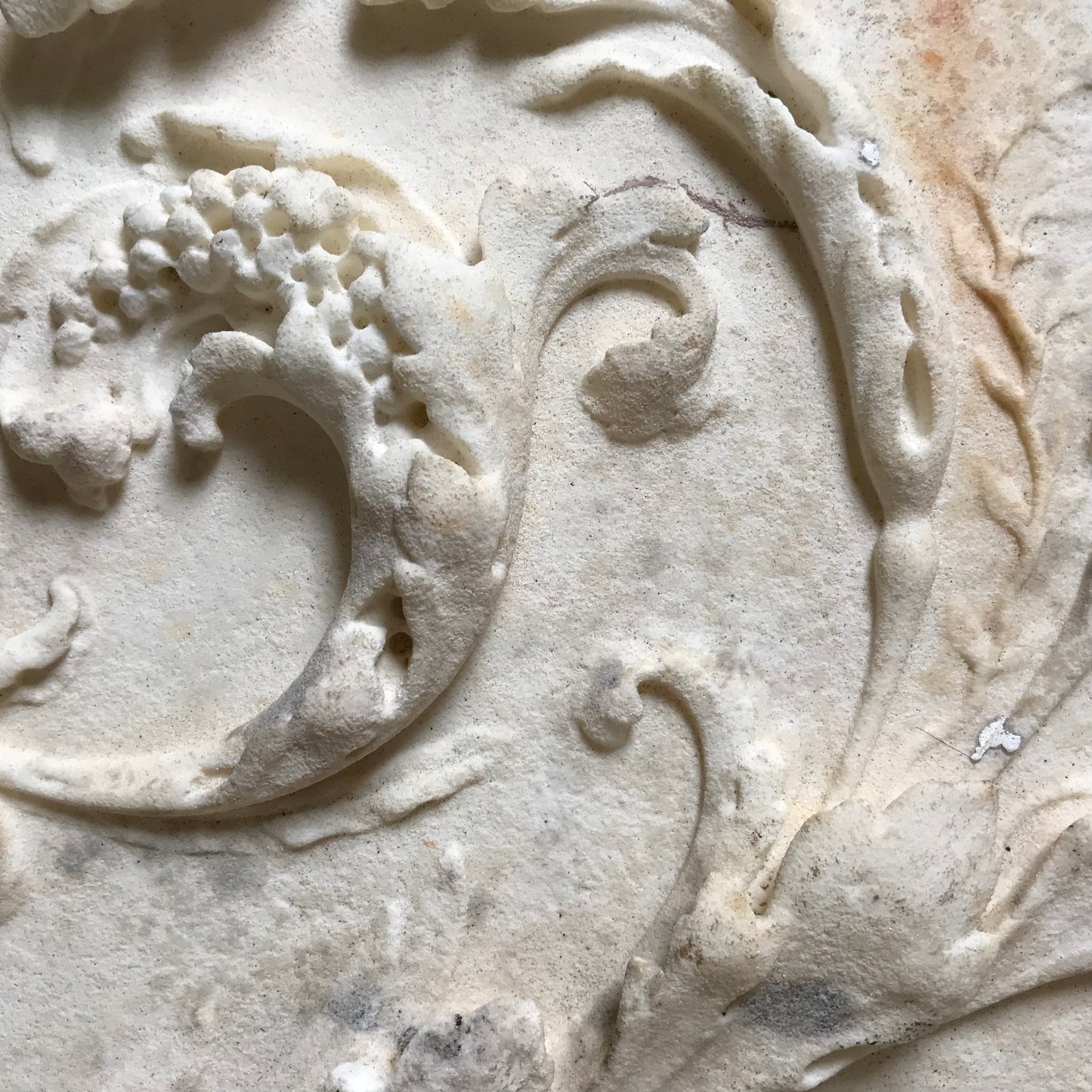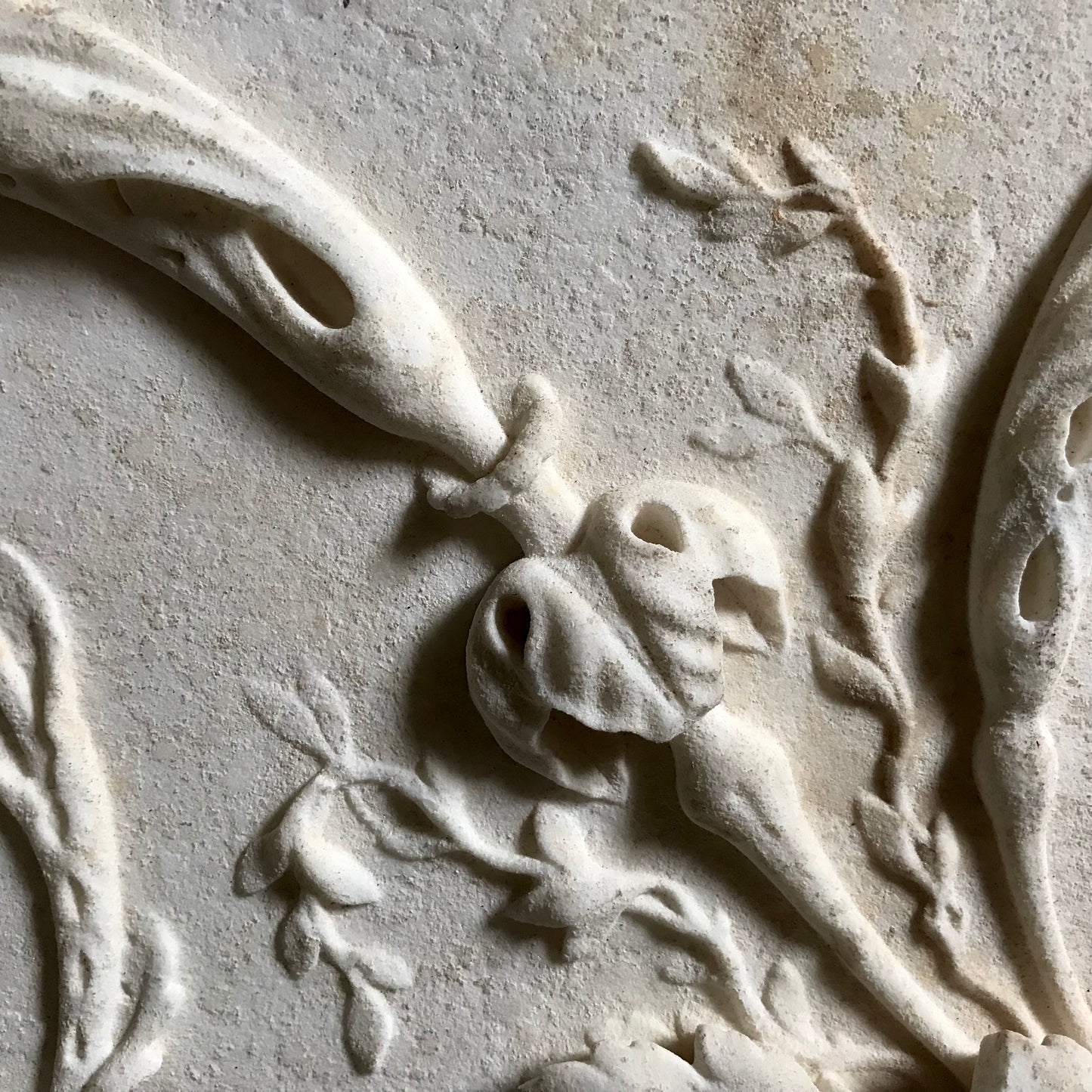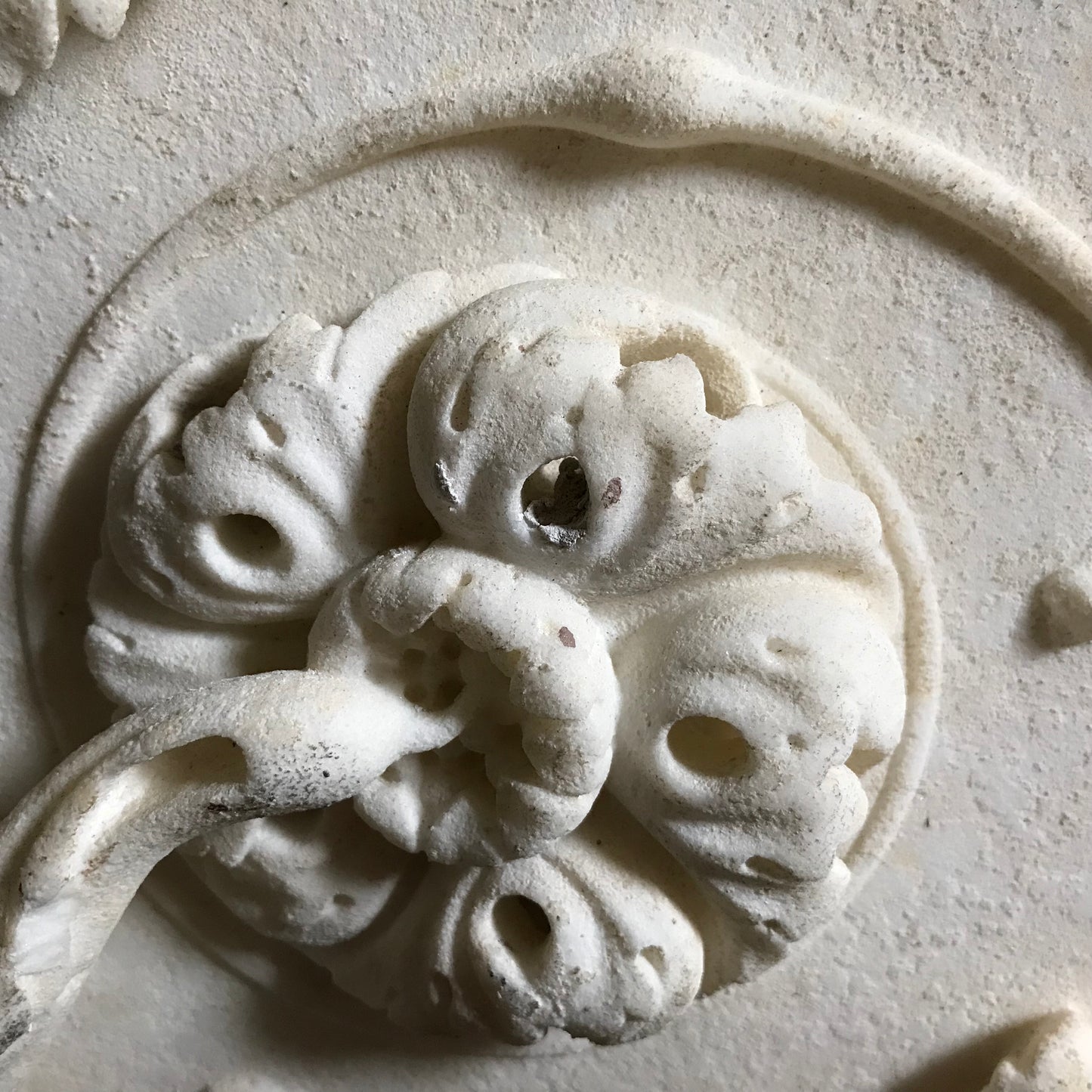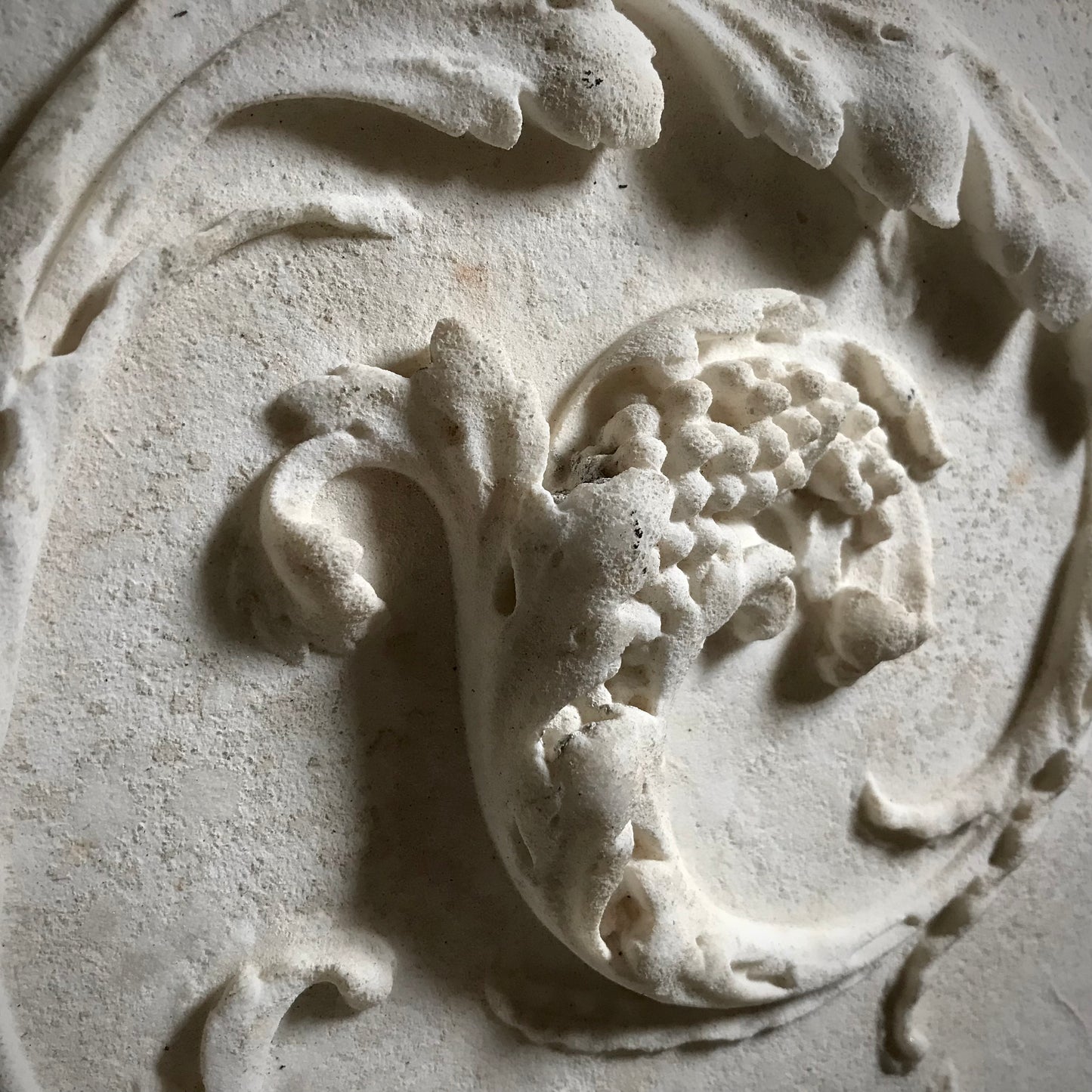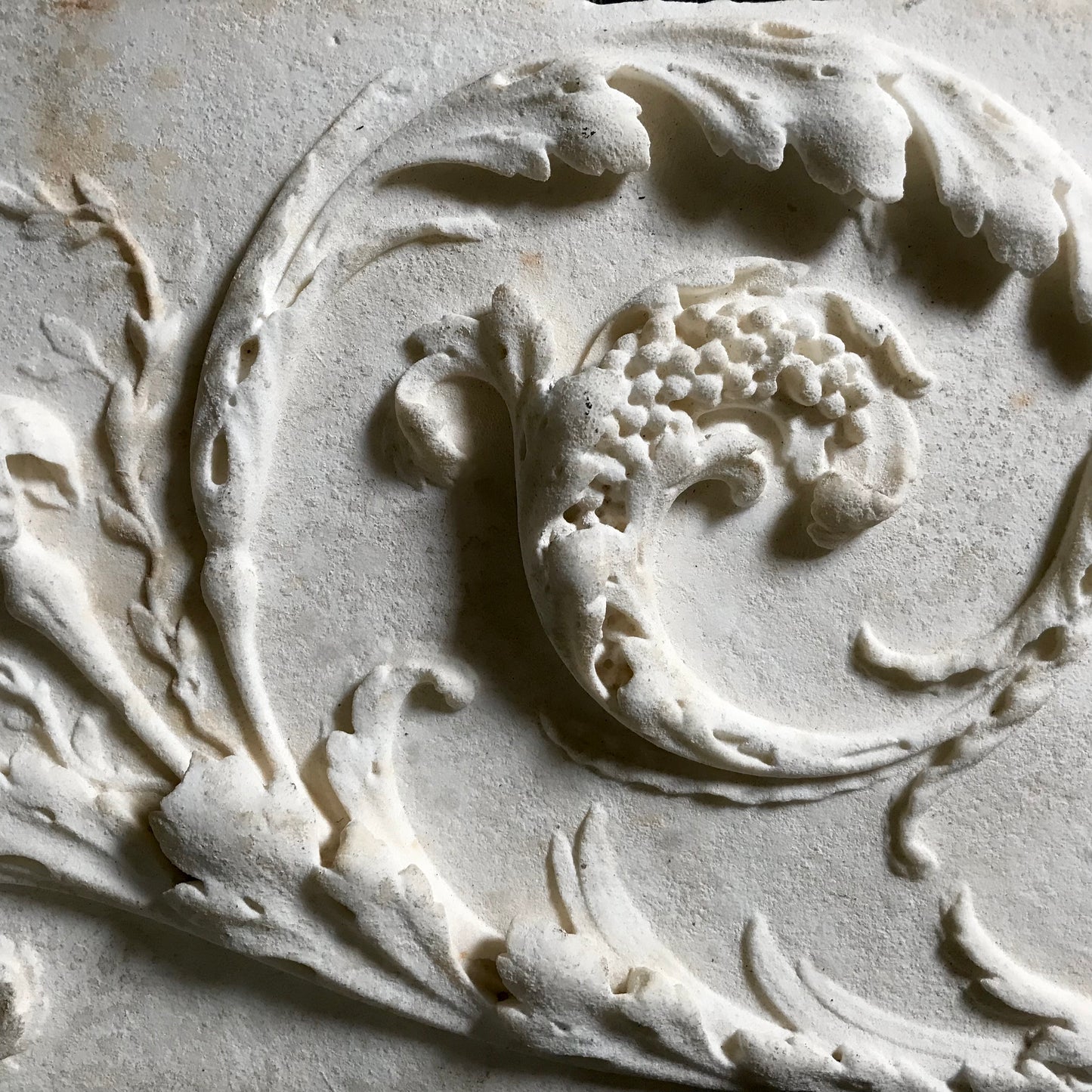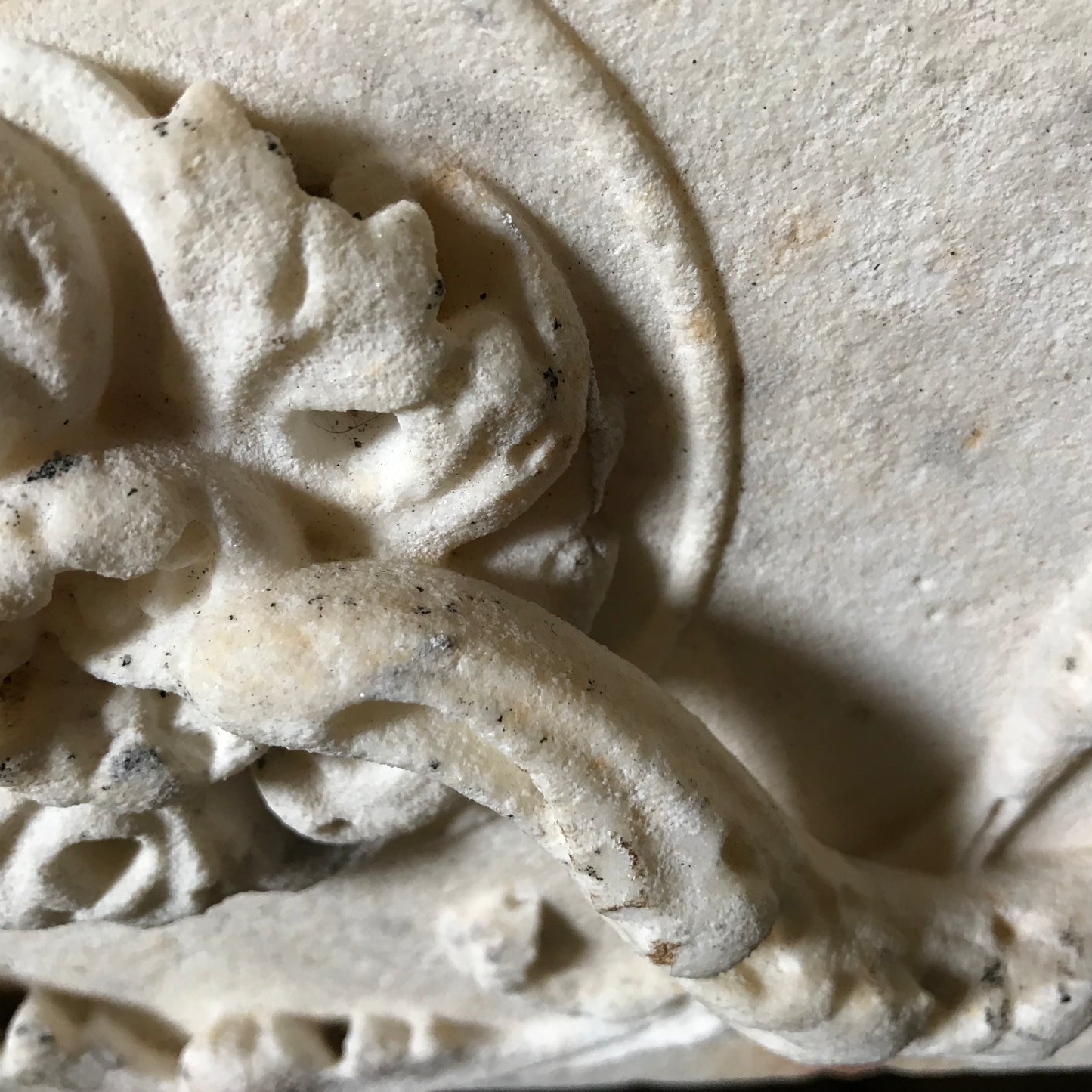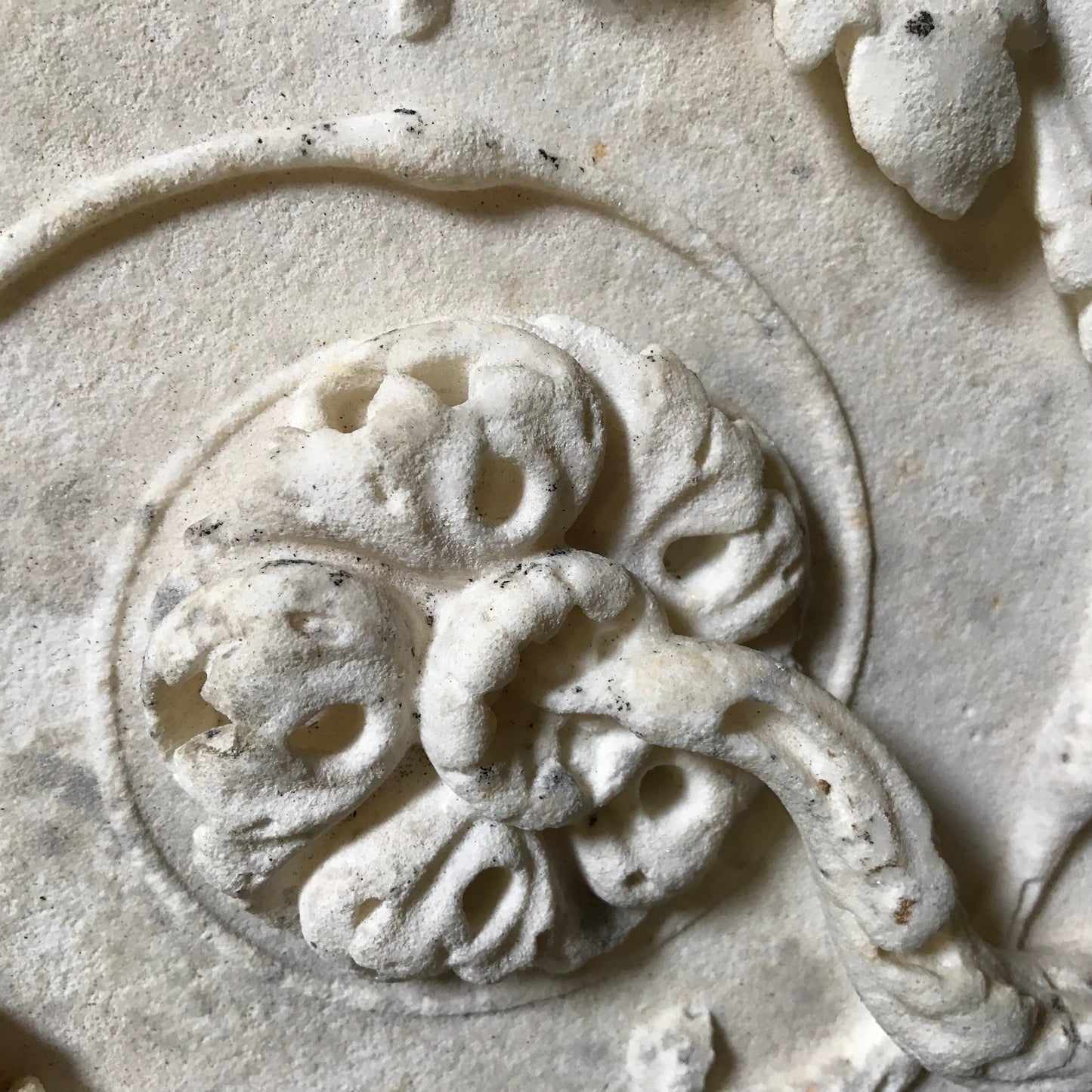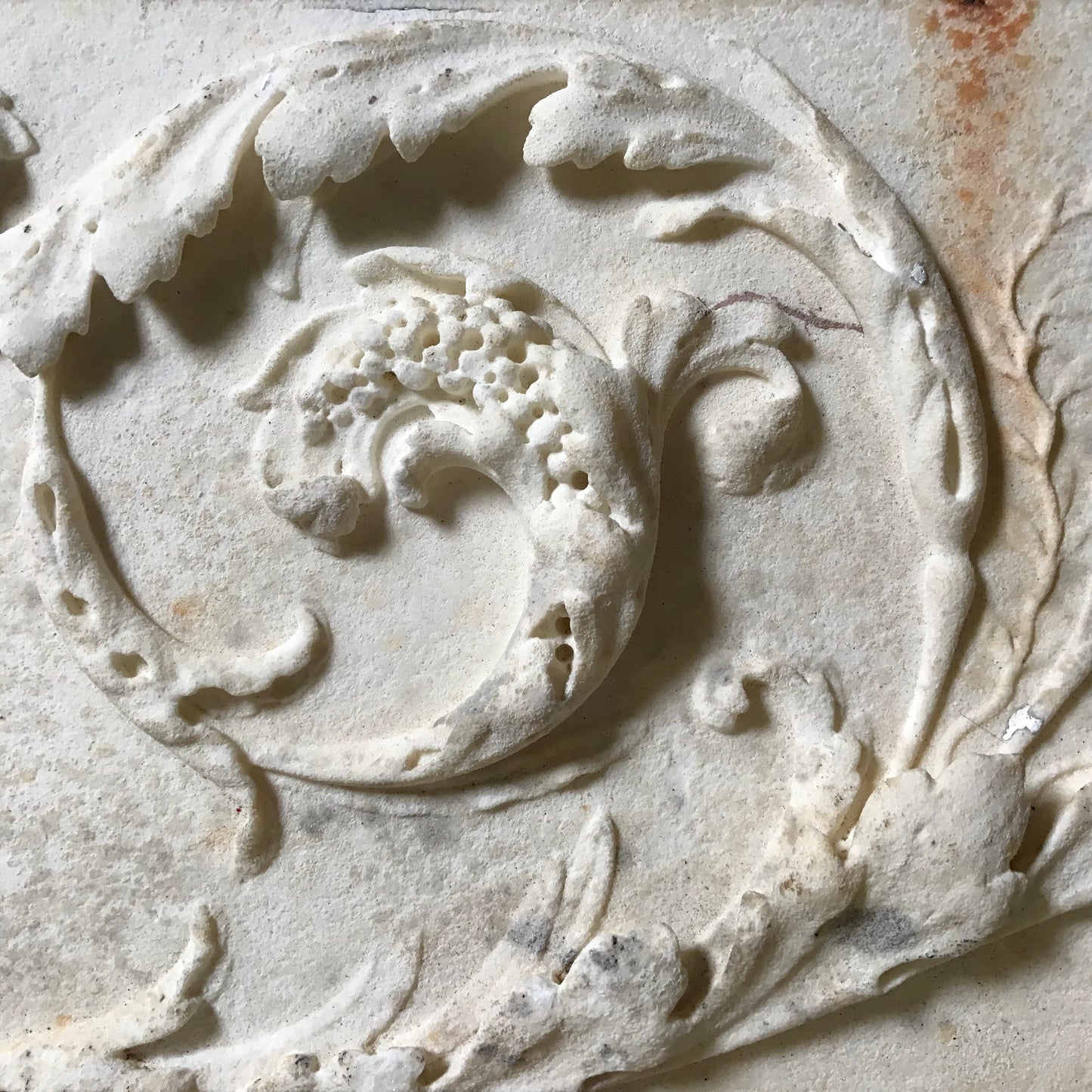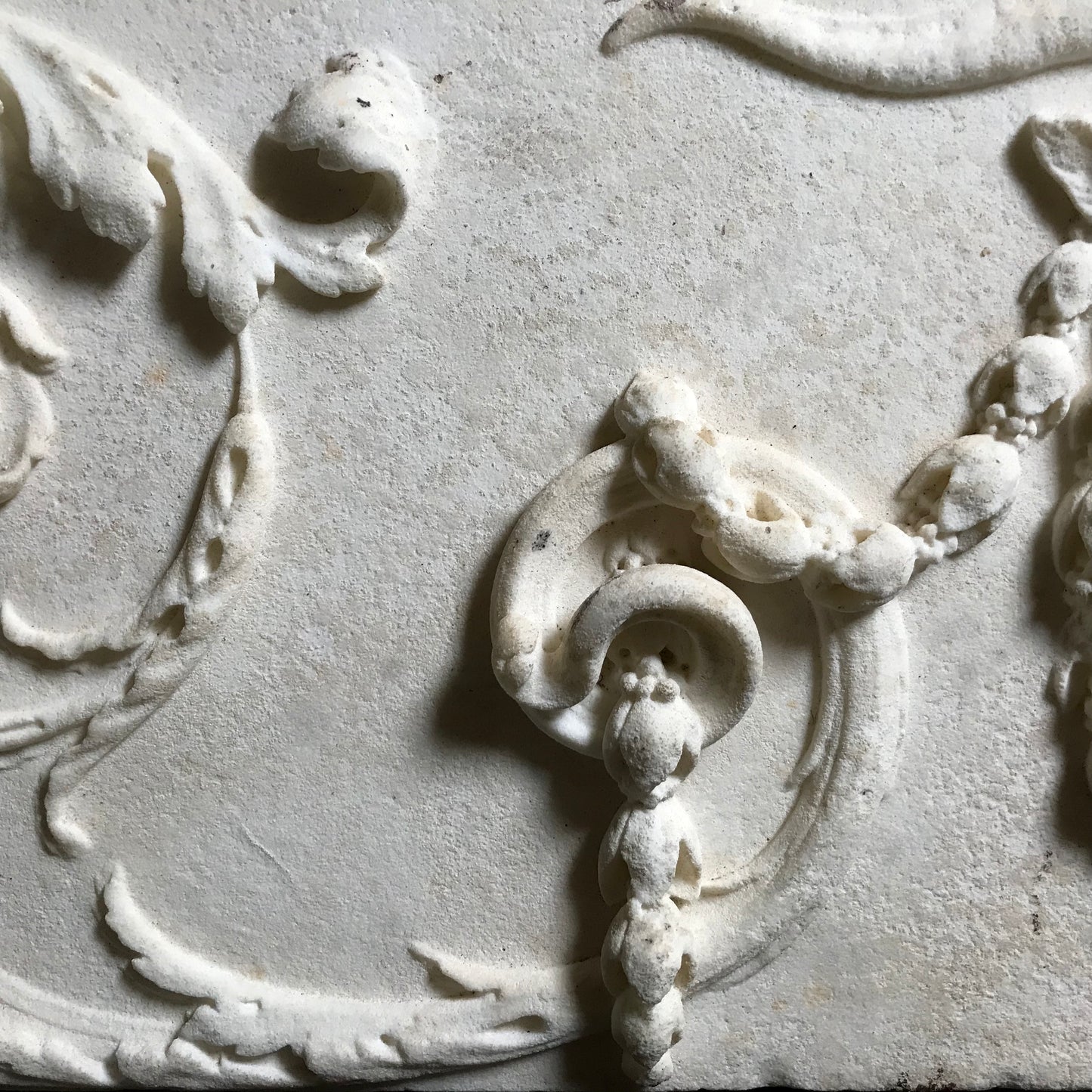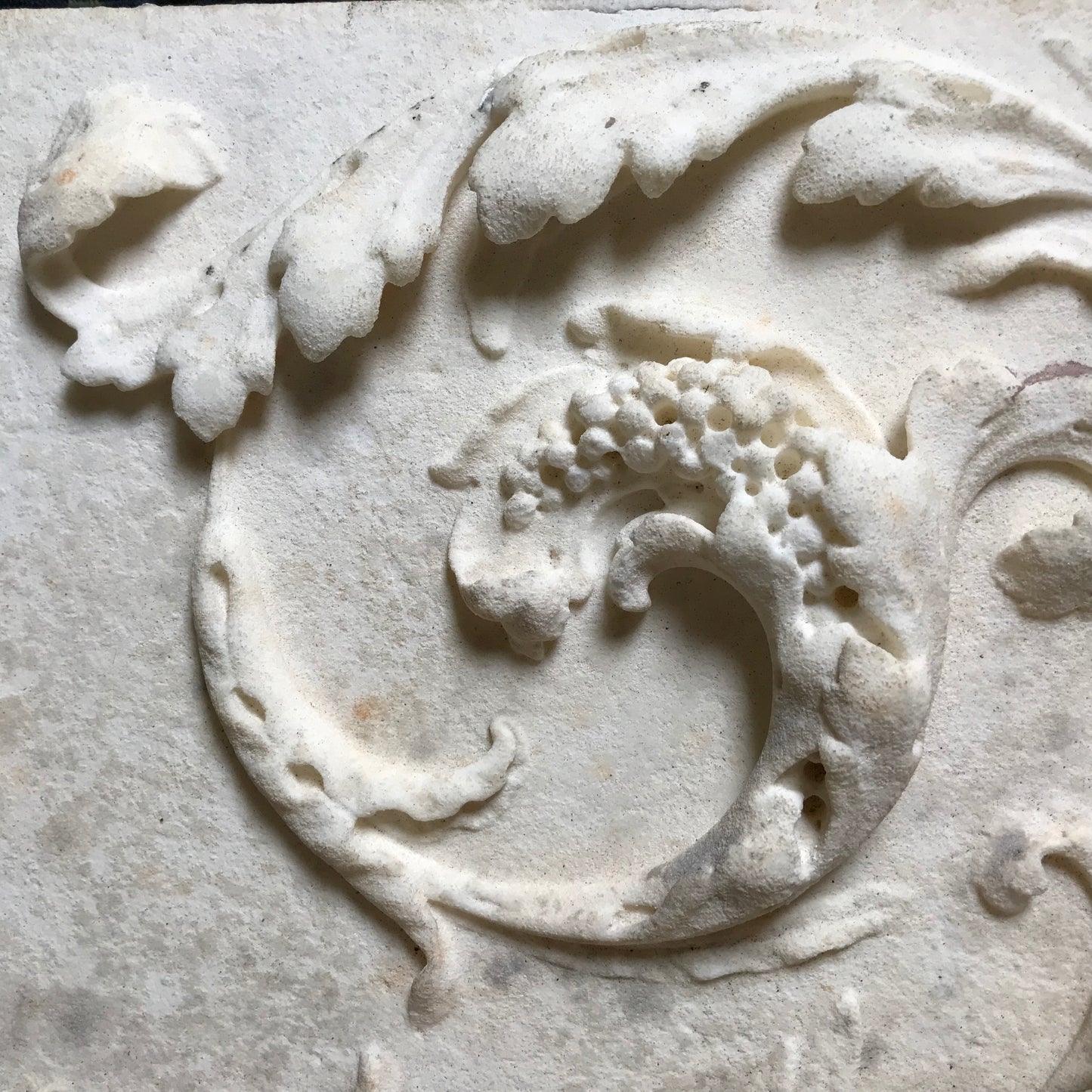George II Classical Carrara Marble Frieze c.1750
SKU: QCC86
Couldn't load collection availability
UK Mainland Delivery
UK Mainland Delivery
We offer secure doorstep delivery using our trusted fine art and antique couriers, ensuring your item arrives safely and with care.
At checkout, please select ‘Pick up’ (not ‘Ship’) to complete your purchase.
You can either:
• Proceed with payment and we’ll send a separate link for delivery, or
• Contact us first for a quote, and we’ll send you a custom order link with delivery included.
Placing items in specific locations can be arranged on request — additional costs will apply.
International shipping
International shipping
International delivery, crating, shipping, and insurance can be arranged on request. We’ll provide a quote based on your needs—additional costs will apply and are payable directly to the shipping company.
You’re welcome to use your own shipping agent, or proceed with our recommended agent using the quote we supply. Payment is made directly to the shipping company.
Alternatively, select ‘Pick up’ at checkout to:
• Collect the item yourself
• Use your own shipping agent from our UK showroom
• Or simply complete your purchase
Contact us for a quote
A remarkable and rare superbly carved George II Carrara marble Frieze. c.1750
The deep, yet airy and delicate carved relief of the marble frieze is adorned with interlacing Classical Roman decorative motifs, Roman arabesque vine scrolls of tendrils and flowers. The work is based around the ornamentation within the Ara Pacis Augustae in Rome (an altar in Rome dedicated to Pax, the Roman Goddess of Peace 13-9 BC), specifically the lower half of the “Tellus Panel”.
An ‘Aegicrane’ (ornamental goats skull) is located centrally. From the skull an opulent garland of fruits and leaves is suspended to left and right.
The aegicrane are also found as "bucranium", the Cows’ skull (latin bucranium which comes from Ancient Greek). Bucranium was a form of carved decoration commonly used in Classical architecture.
The name is generally considered to originate with the practice of displaying garlanded, sacrificial oxen, whose heads were displayed on the walls of temples, dating back to Neolithic eastern Anatolia, where cattle skulls were overlaid with white plaster.
Originating from an private Country House collection in Southern England.
- Width: 162.5 cm (63.98″)
- Height: 23.5 cm (9.25″)
- Depth: 9 cm (3.54″)

